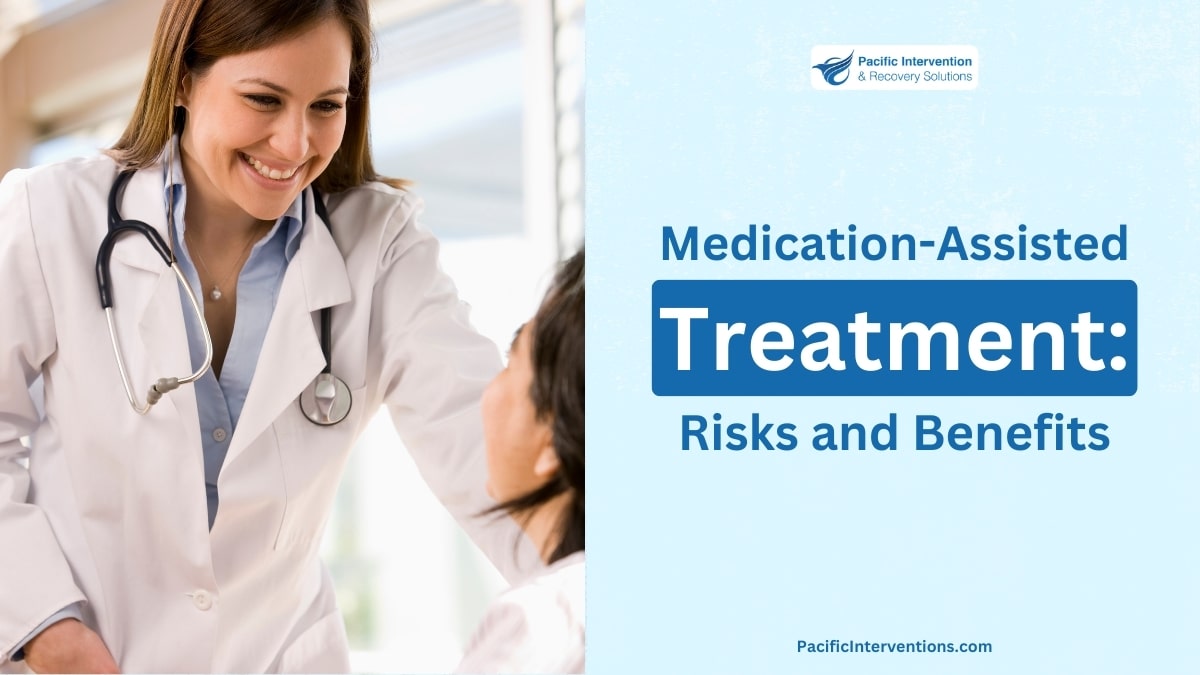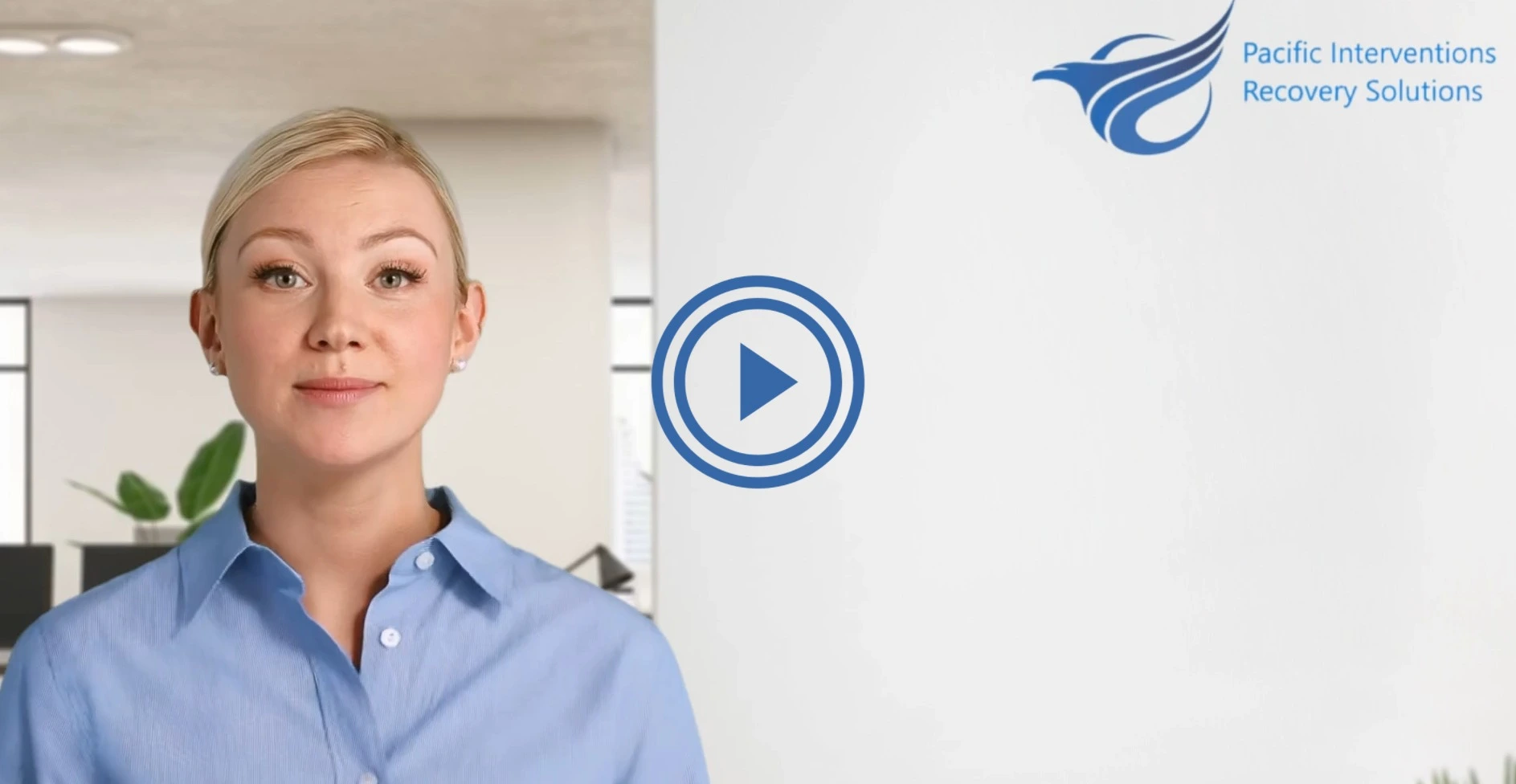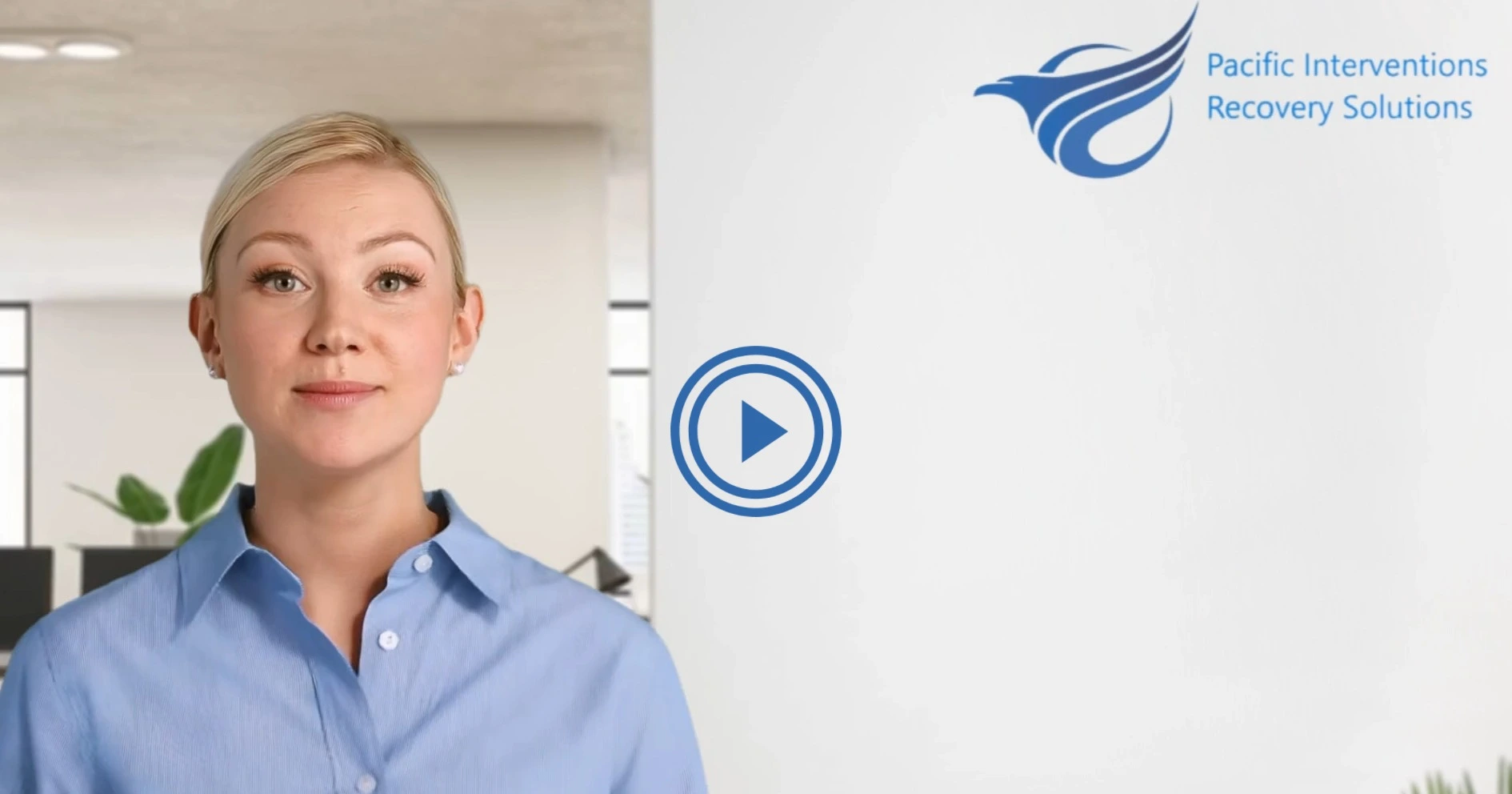Medication-assisted treatment (MAT) is an effective treatment that includes using medications, counseling, and behavioral therapies to help patients stop using substances in a safe and calculated way.
MAT is renowned for its effectiveness in treating alcohol and opioid use disorders, offering a more controllable path toward recovery by dealing with both the physical and psychological facets of addiction.
This blog aims to explore the risks and benefits of MAT and provide you with a comprehensive understanding of its role in addiction treatment. Pacific Interventions is here to help you stop using the substance with a medication-assisted treatment approach.

Benefits of Medication-Assisted Treatment
Medication-assisted treatment offers numerous pros for individuals addressing substance use disorders, making it a crucial component of comprehensive addiction treatment. The most important benefits of MAT include:
- Enhanced Treatment Results: It has been proven that MAT can considerably increase the chances of recovery by decreasing the cravings and withdrawal symptoms that usually result in relapse. By making the brain chemistry stable, medications utilized in MAT can help patients concentrate on recovery and rehabilitation activities more efficiently.
- Decrease in Withdrawal Symptoms: Withdrawal can be one of the most significant challenges in dealing with addiction. MAT offers a medically monitored approach to decrease these symptoms, making the detox process more tolerable and less likely to trigger relapse.
- Reduced Risk of Overdose: MAT can save the lives of individuals with opioid use disorder. Participation in MAT decreases opioid-related mortality rates, and devoting more time to MAT programs reduces the risk of opioid overdose.
- Improved Retention in Treatment: Patients undergoing MAT usually remain in treatment longer than those without. This improved retention and participation is critical for recovery since it creates more time for counseling and behavioral therapies to be effective, laying a more robust foundation for long-term recovery.
- Better Social Functioning: MAT programs help people regain a more stable lifestyle, including enhanced family dynamics, higher employment rates, and decreased criminal activity. This reentry into social and economic activities is crucial for a comprehensive recovery process and enhanced quality of life.
- Management of Co-occurring Disorders: MAT offers a consolidated approach to treatment that efficiently controls both substance use issues and co-occurring mental health conditions. Some MAT medications can also stabilize the mood, which can be specifically helpful for individuals with bipolar disorder or other mood disorders, helping to provide a solid emotional foundation for recovery.
- Evidence-Based Treatment: Several studies prove the success of the MAT approach in treating substance use disorders, particularly opioid addiction. This approach is supported by major health organizations as a standard of care, demonstrating its crucial role in public health strategies to fight addiction.
Medication-assisted treatment offers an inclusive approach that deals with the physical aspects of addiction, making a smoother recovery process more accessible. By enhancing treatment results, decreasing withdrawal symptoms, reducing overdose risks, and improving social functioning, MAT provides a holistic approach to treatment.

Risks of Medication-Assisted Treatment
While MAT offers important pros in controlling substance use disorders, there are also risks and cons related to its use. It’s essential to consider these risks and cons to understand MAT completely:
- Dependency issues: One of the main concerns with MAT, particularly with long-term treatment, is the potential for patients to begin a physical reliance on the medication employed in treatment. This can result in a situation where individuals are shifting their dependency from one substance to another, though in a more manageable and safer environment.
- Adverse Side Effects: Medications utilized in MAT can cause unpleasant side effects that differ in severity from patient to patient. Potential side effects include nausea, headaches, dizziness, and constipation. In some cases, these side effects can be considerable enough to affect the patient’s quality of life or eagerness to continue treatment.
- Accessibility and Availability: Access to treatment can be affected by several factors, such as geographic location, availability of licensed healthcare providers, and insurance coverage. These can create serious obstacles for individuals looking for this treatment method, especially in rural or impoverished areas.
- Shame and Misconceptions: Despite its effectiveness, there’s a societal misconception about MAT. Some consider it not as a legal form of recovery but as using one drug instead of another. This perception can prevent individuals from asking for the MAT approach or result in feelings of embarrassment among those who do, potentially affecting their recovery process.
- Affordability: The cost of MAT can be excessively high for some, particularly if treatment is needed over a long period. While insurance may undertake parts of the therapy, not all patients have insurance, and coverage levels differ, leaving some with considerable out-of-pocket costs.
- Regulatory and Compliance Needs: Patients using MAT programs usually experience strict regulatory and compliance necessities, including regular visits to treatment centers for medication and counseling. These requirements can be challenging to meet, particularly for individuals with transportation problems or intractable work schedules.
Conclusion
Medication-assisted treatment can effectively control and treat substance use disorders; however, there are some limitations and benefits associated with this approach. Considering these pros and cons is significant in making a sound decision.
FAQs
1. How does MAT help individuals with substance use disorders?
MAT can help individuals with substance use disorders by decreasing withdrawal symptoms, cravings, and the reinforcing effects of the drug, enabling them to concentrate on their recovery and participate in counseling and behavioral therapies.
2. How long does MAT usually last?
The duration of MAT differs based on the individual’s needs and treatment objectives. Some people may take advantage of short-term MAT to control withdrawal symptoms, while others may need long-term treatment to support their recovery.
3. Is MAT effective in treating substance use disorders?
Several studies have proven that MAT is an effective treatment for substance use disorders, especially opioid use disorder. It has been related to lower overdose deaths, improved retention in treatment, and enhanced results for individuals seeking recovery.
4. Are there any side effects related to medications used in MAT?
Like any medication, those utilized in MAT may have side effects. Individuals need to cooperate closely with their treatment provider to supervise for any potential side effects and adapt their treatment plan as required.





